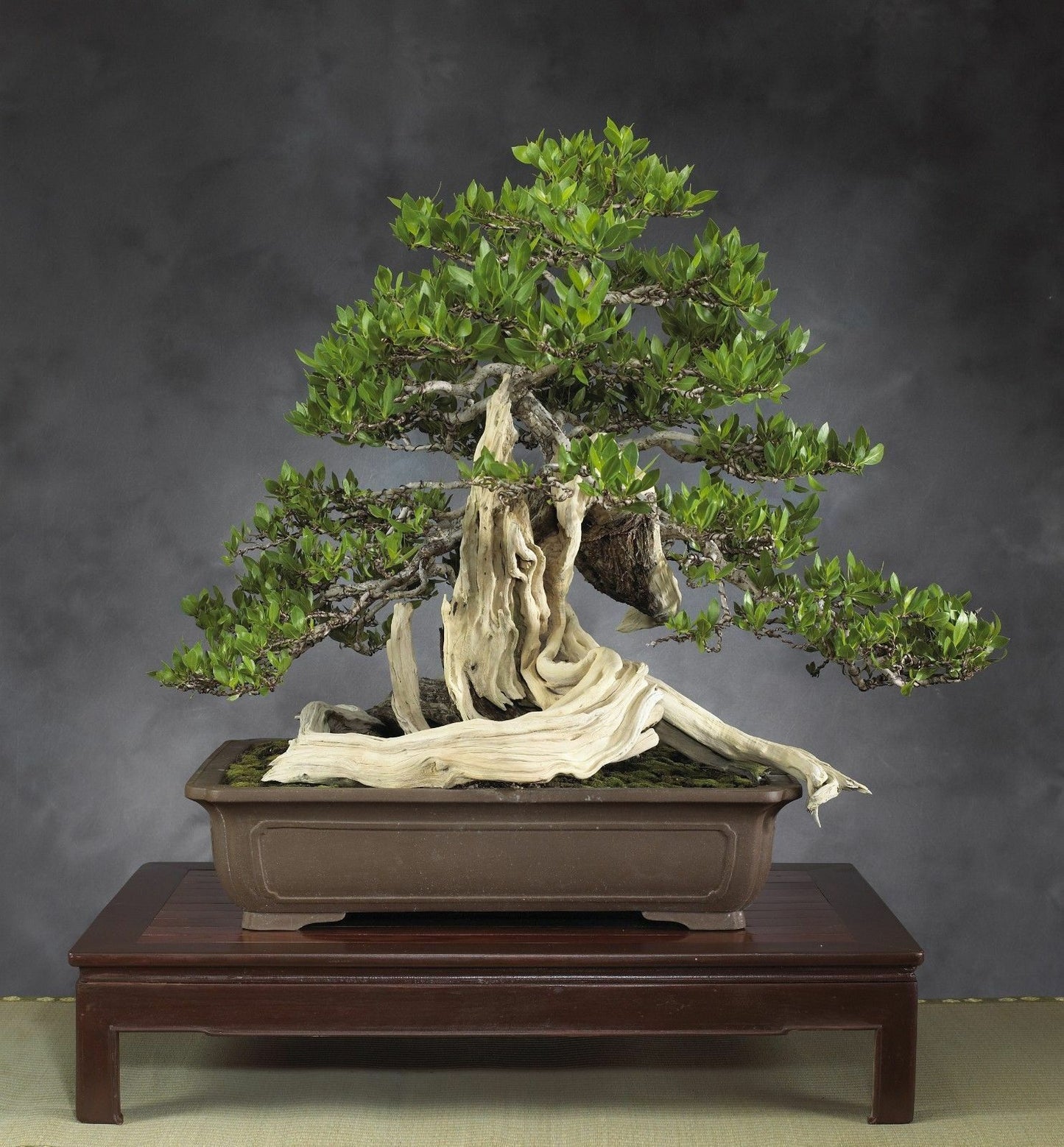Floridaseeds
Green Buttonwood Conocarpus erectus 100 Seeds
Green Buttonwood Conocarpus erectus 100 Seeds
Couldn't load pickup availability
Conocarpus erectus, commonly known as the Buttonwood or Button Mangrove, is a salt-tolerant, evergreen tree or shrub native to coastal regions of the southeastern United States, Mexico, the Caribbean, and parts of Central and South America. It is a member of the family Combretaceae. Hardy in zones 9-12. Here are some key characteristics and information about Conocarpus erectus:
Appearance: Conocarpus erectus is a moderately-sized tree or shrub that typically reaches heights of 20 to 40 feet (6 to 12 meters) but can grow taller in some conditions. It has a dense, rounded crown with glossy, leathery leaves that are dark green and elliptical to oblong in shape.
Bark: The bark of the Buttonwood is smooth and gray when young, but it can become rough and fissured with age.
Leaves: The leaves of Conocarpus erectus are simple, alternate, and about 1 to 4 inches (2.5 to 10 cm) long. They have a slightly wavy margin and are typically arranged spirally along the branches.
Flowers: Buttonwood produces small, inconspicuous flowers that are greenish-white in color. The flowers are usually borne in dense clusters or spikes.
Fruits: The fruit of Conocarpus erectus is a small, woody capsule that splits open when ripe to release numerous tiny seeds. These seeds are dispersed by wind and water.
Habitat: This species is commonly found in coastal areas, including salt marshes, mangrove swamps, and along shorelines. It is highly salt-tolerant and can withstand saline soil and salty spray from seawater.
Salt Tolerance: Conocarpus erectus is especially well-suited for coastal landscapes because of its ability to thrive in salty conditions. It is often used to stabilize coastal dunes and prevent erosion.
Landscape Use: In addition to its role in erosion control, Buttonwood is also used in landscaping for its attractive foliage, dense growth habit, and salt tolerance. It can be pruned into a hedge or used as a specimen tree. In some regions, it is even used for bonsai cultivation.
Propagation: Buttonwood can be propagated from seeds, cuttings, or air layering. Seeds can be collected from mature trees and sown in well-draining soil. Cuttings can also be taken from healthy branches and rooted in suitable conditions.
Maintenance: This plant generally requires minimal maintenance once established. Pruning can be done to maintain the desired shape or size. Regular watering may be necessary during the establishment period, especially if planted in non-saline soil.
Wildlife Value: Conocarpus erectus provides habitat and food for various wildlife, including birds and insects. It also plays a role in stabilizing coastal ecosystems.
Buttonwood, with its salt tolerance and attractive appearance, is a valuable plant for coastal landscaping and habitat restoration projects in regions where salt tolerance is a crucial factor. It contributes to the preservation of coastal ecosystems and is well-suited for environments with saline conditions.
Growing Instructions
1. Put a mixture of potting soil and sand or perlite in a pot with drainage holes in the bottom.
2. Sow the seeds on the surface and cover them with a thin layer of soil.
3. Water the seeds.
4. Put the pot in an area in full sun or part shade.
5. When the seedlings are several inches tall, they can be planted in the ground.












